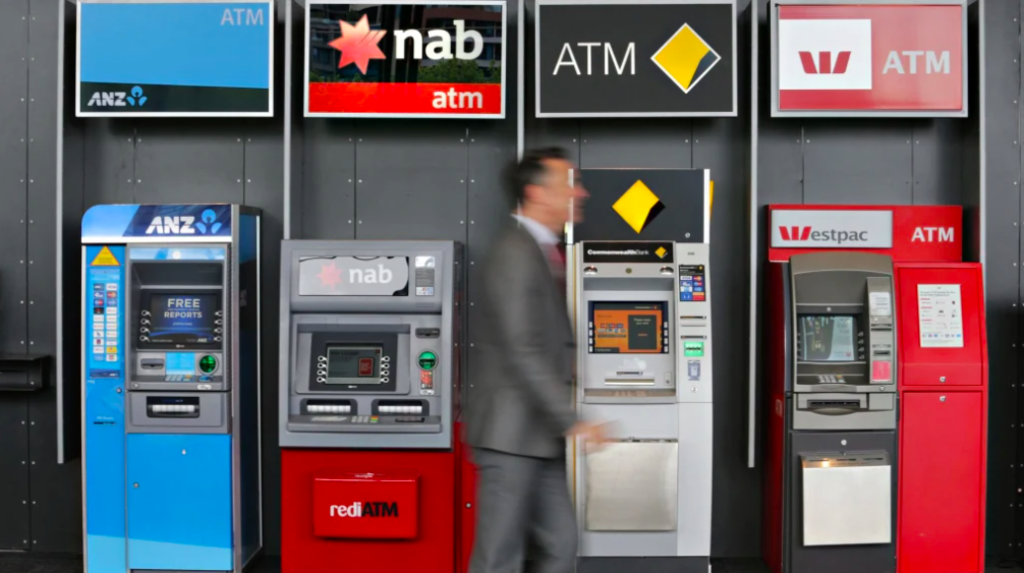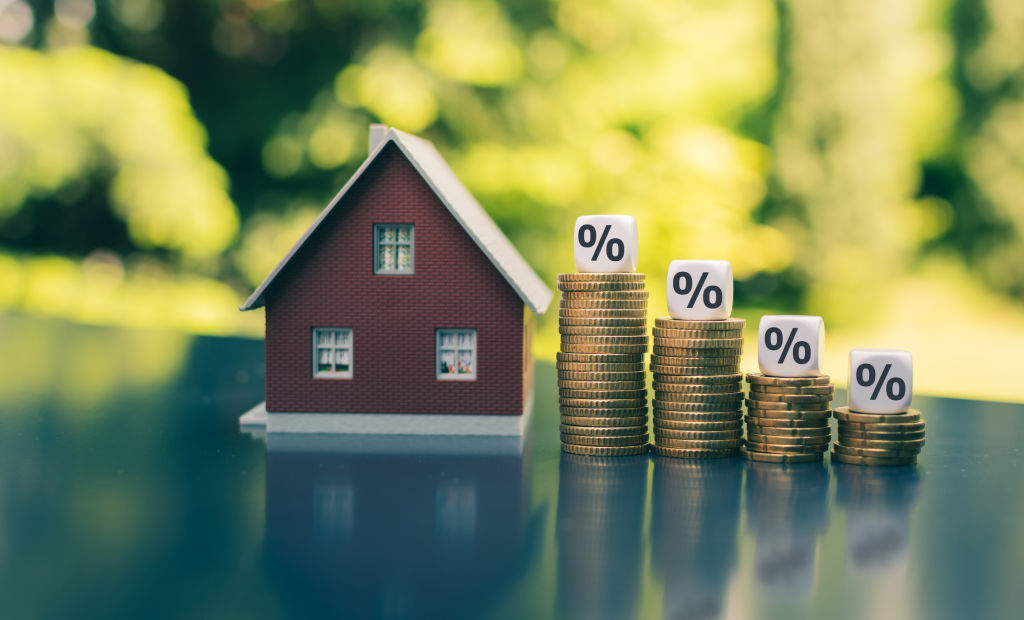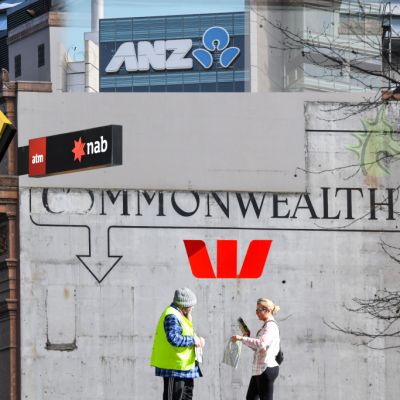Responsible lending: Consumer groups warn against moves to make it easier to get a home loan

Overhauling responsible lending laws while the value of new home loans is at a record high will do more harm than good, consumer groups warn, creating a greater risk for borrowers and the economy while offering little reward.
Plans to unwind responsible lending laws were announced by federal Treasurer Josh Frydenberg last September, in a bid to increase the flow of credit to households and businesses as Australia’s economy looks to recover from the coronavirus pandemic.
Since then, the value of new home loans has reached record highs, despite ongoing economic uncertainty, with consumer groups pushing back against the proposed changes, which are now before a Senate inquiry.
“We’re seeing record loans,” said Julia Davis, policy and communications officer at the Financial Rights Legal Centre.
“We’ve sold more loans in Australia than ever before in history … that doesn’t tell me that we need to ease responsible lending standards,” Ms Davis said.
Along with CHOICE and more than 120 organisations across the country, the centre called on the government to save “safe lending” in an open letter to Parliament late last year.

CHOICE chief executive Alan Kirkland’s initial opposition to the changes has only hardened since the draft amendment was released, and home lending continued to increase.
“There is no issue with access to credit, it’s clear that credit is flowing freely – particularly to owner-occupiers,” Mr Kirkland said.
Both Ms Davis and Mr Kirkland fear the changes could provide borrowers with access to credit they couldn’t afford, with banks facing no penalty if they acted in contravention of the existing responsible lending laws. It would also remove the right for borrowers to take legal action against lenders.
Ms Davis fears the amendment could be introduced as early as mid-March, if recommended by the Senate committee on economics, chaired by Liberal senator Slade Brockman.
“Why in the world, in a time when people are struggling, … would we just put people at risk like this,” Ms Davis said. “There will be people in this economy, who as COVID support payments go away, may be accessing credit which is going to become an easier option than before … that’s a way to stay afloat but it’s not sustainable.”

Ms Davis compared unwinding responsible lending laws, introduced in 2009, to “throwing away an umbrella in a rainstorm because you’re not getting wet”. Even with protections in place, people had managed to find themselves loaded up with toxic debt, she said, citing hearings of the financial services royal commission.
She called for a focus on increasing incomes, rather than debt.
Mr Kirkland noted more people were desperate to get into the housing market because they could “see the opportunity slipping away from them”, creating demand for larger loans and increasing the risk of unsafe lending.
Borrowers taking on too much debt is already a concern of the Reserve Bank, with documents obtained under freedom of information showing the RBA considered issues associated with interest rate settings late last year, including their impact on depositors, savers and asset prices.
The paper cited previous RBA research that showed a permanent one percentage point reduction in official interest rates could drive up house prices by 30 per cent over a three-year period. It also noted the risks of lower rates, such as encouraging borrowers to “take on too much credit”, looser lending standards, “optimistic assessment of risk” and people taking on mortgages with small deposits relative to the size of their loan.
Ms Davis said: “[For banks] there is a lot of money to be made on the margins … that puts people in this terrible toxic lifestyle, where they’re always in financial stress.”
“All it takes is one terrible illness or car crash and it all comes tumbling down,” she added.
Mortgage Choice chief executive Susan Mitchell said borrower demand had been building since mid-2020. While the mortgage broking firm saw approvals ease slightly in December, strong demand was expected to continue.
“The times [for approvals] have blown out, it probably takes about two weeks before your application will even be looked at,” she said.

While credit approvals have been slow across all lenders, Ms Mitchell said, this was due to the high volume of applications rather than strict lending criteria – adding they were no longer seeing the same nitty gritty questions about applicants’ spending habits.
“The standards haven’t really changed. What’s happened though is brokers and consumer are much clearer on what is required, and they’re putting applications in correctly the first time.”
Ms Mitchell expected responsible lending to continue, regardless of any changes, noting lenders would still have to answer to APRA and would want to do due diligence to ensure portfolios weren’t too risky.
She added the existing laws had excluded some people, perfectly able to meet loan or credit repayments, from accessing finance, such as those close to retirement who could rely on other assets to meet repayments.
“I look forward to some of those anomalies getting through,” she said, but expected only a small segment of applicants to be able to borrow more or for the first time under any changes.
Treasurer Josh Frydenberg announced the changes as part of an economic recovery strategy, saying last year it was “more important than ever that there are no unnecessary barriers to the flow of credit to households and small businesses”.
“Maintaining the free flow of credit through the economy is critical to Australia’s economic recovery plan,” he said.
The Australian Banking Association was contacted for comment.
We recommend
States
Capital Cities
Capital Cities - Rentals
Popular Areas
Allhomes
More
- © 2025, CoStar Group Inc.










